Michigan’s wolves are on the move, expanding beyond their protected areas in search of new territory. This shift isn’t just about the wolves’ natural instincts, but it’s a sign of a thriving population and changing landscapes.
From the growth of wolf numbers to prey availability, there are several factors at play in this interesting story. As these majestic creatures continue to venture into new areas, understanding why they’re expanding is key to ensuring their future in the state.
1. Population Growth
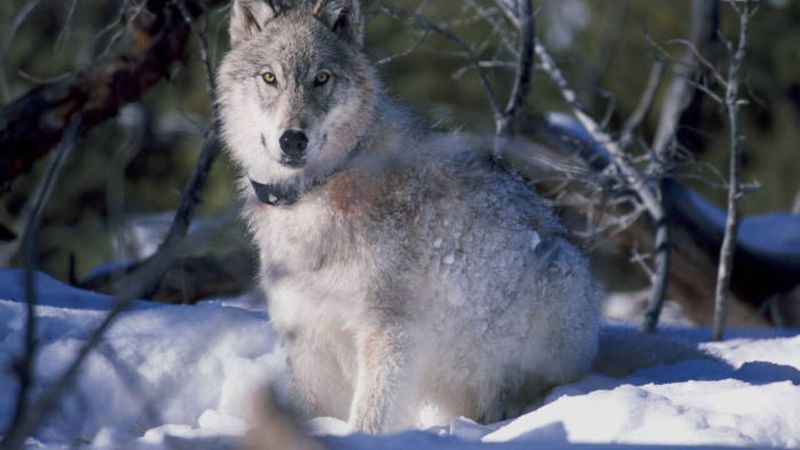
Michigan’s wolf numbers have tripled since the early 2000s, creating a furry real estate problem! With approximately 700 wolves now roaming the Upper Peninsula, prime wolf territories are becoming crowded neighborhoods.
Young wolves seeking their own turf must journey farther from their birth packs. This natural overflow happens when wolf families reach their social carrying capacity, typically 5-10 members per pack depending on prey availability.
Pack dynamics push subordinate wolves to strike out on their own, sometimes traveling hundreds of miles. One radio-collared Michigan wolf famously journeyed over 200 miles before establishing a new territory, demonstrating how population pressure creates natural expansion.
2. Habitat Expansion
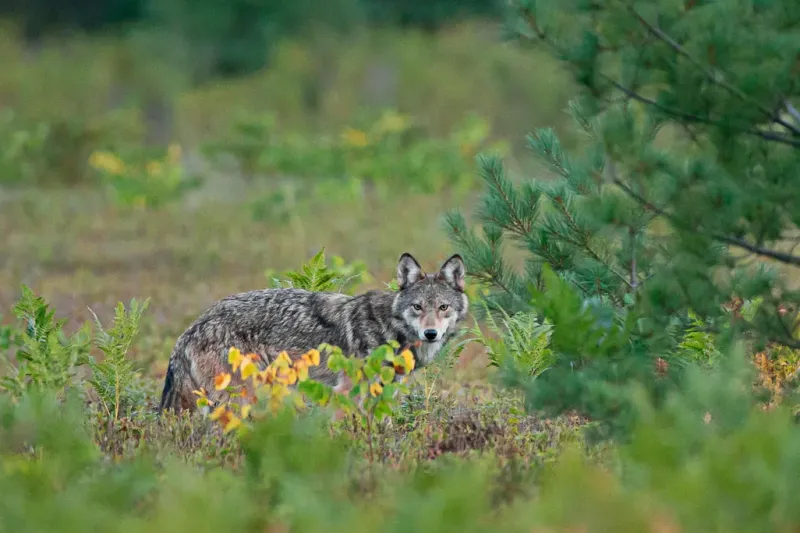
Remember those abandoned farms from Michigan’s rural exodus? Nature reclaimed them! Formerly cleared agricultural lands have transformed into perfect wolf corridors.
Wolves thrive in this regenerated landscape, using old logging roads and wildlife corridors to travel undetected. These green highways allow wolves to navigate between protected areas while avoiding human detection.
Michigan’s forest cover has actually increased by nearly 2 million acres since the 1980s. This unexpected habitat expansion gives wolves safe passage through areas that were once inhospitable, effectively stitching together a patchwork of suitable territories across the state.
3. Genetic Diversity
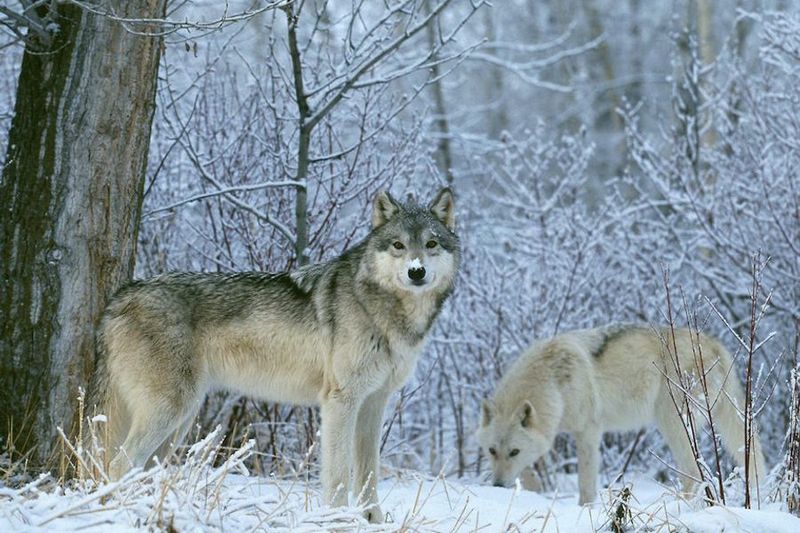
Genetic diversity drives Michigan wolves to roam farther in search of unrelated mates. Scientists tracking DNA markers have discovered fascinating patterns of genetic exchange between previously isolated wolf populations.
Wolves instinctively avoid inbreeding by dispersing from their natal packs. This genetic wanderlust pushes wolves to explore new territories, sometimes crossing state lines or even international borders! One particularly adventurous Michigan wolf was documented traveling to Wisconsin, then Minnesota, before returning to Michigan.
These genetic nomads strengthen the overall wolf population by introducing new traits that improve disease resistance and adaptability. Their biological drive to find genetically distinct mates literally reshapes the map of wolf territory.
4. Prey Availability
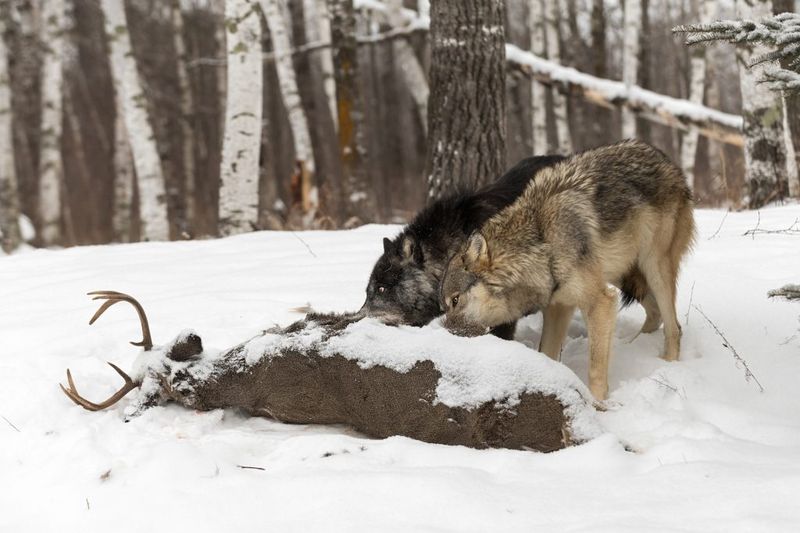
Wolves follow their stomachs! White-tailed deer populations have exploded in Michigan’s Lower Peninsula, creating an irresistible all-you-can-eat buffet that lures hungry wolves southward.
A single wolf pack consumes roughly 250 deer annually. Prey distribution directly shapes wolf movement patterns. During harsh Upper Peninsula winters, deer congregate in sheltered yards, creating temporary hotspots of wolf activity. As these deer migrate seasonally, wolves follow.
Beaver colonies provide another crucial food source, especially during spring. Michigan’s abundant wetlands support thriving beaver populations that act as secondary anchors for expanding wolf territories, allowing wolves to establish in areas they might otherwise bypass.
5. Human Management
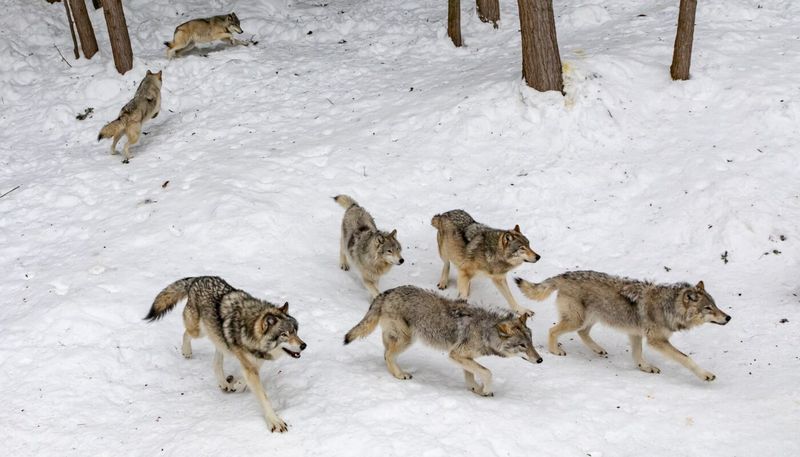
Modern wildlife management has revolutionized wolf conservation through education and conflict mitigation. Michigan’s Wolf Management Plan emphasizes coexistence techniques that allow wolves to safely expand their range.
Livestock producers now use non-lethal deterrents like fladry (flags on rope), guard animals, and sound devices to protect their animals without harming wolves. These innovative approaches have reduced wolf-livestock conflicts by over 60% in some areas.
Public attitudes have also shifted dramatically. A recent survey showed 61% of Michigan residents support wolf presence, even in areas where wolves were previously extirpated. This social acceptance creates political space for wolves to recolonize historical territories.
6. Natural Dispersal
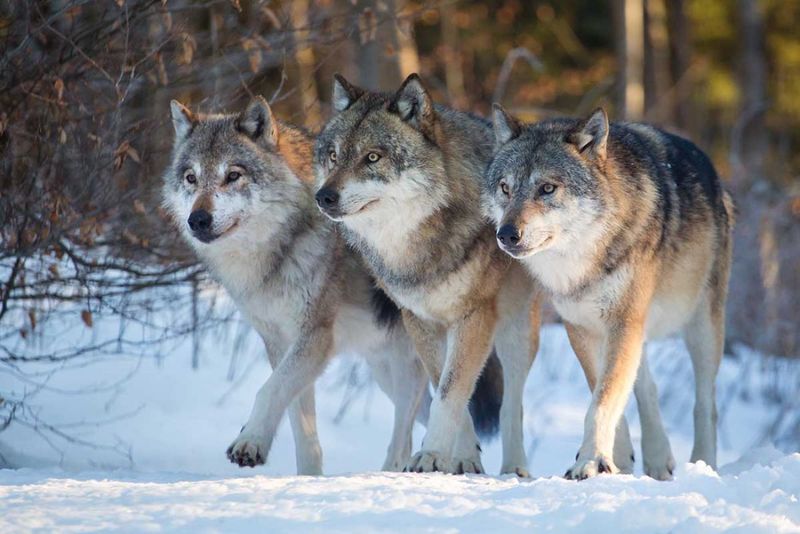
Young wolves, especially 2-3 year old males, possess an extraordinary drive to explore. These lupine pioneers regularly travel 50+ miles from their birth packs, crossing highways, rivers, and even ice bridges to find new territories.
This natural dispersal behavior helps wolves recolonize historical range without human intervention. Tracking data reveals these intrepid travelers move differently than established pack wolves,covering more ground at night, avoiding humans more carefully, and testing various habitats.
Their successful journeys create templates for other wolves to follow, gradually expanding the species’ footprint across Michigan’s diverse landscapes.
